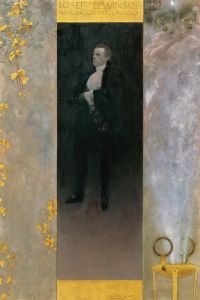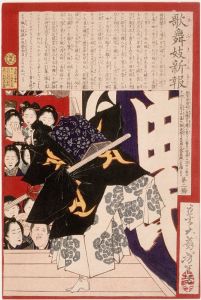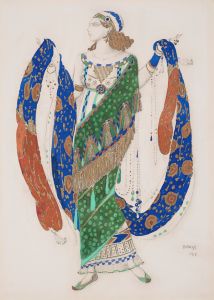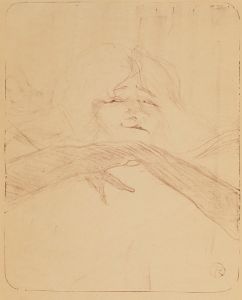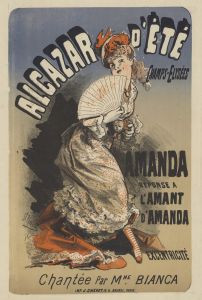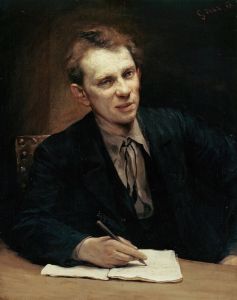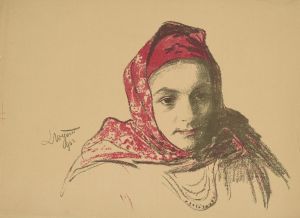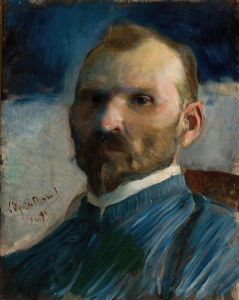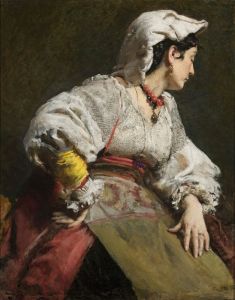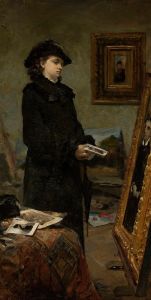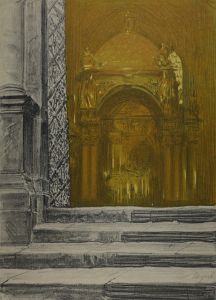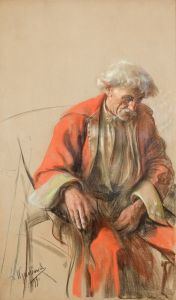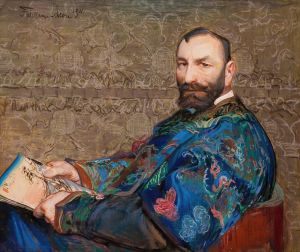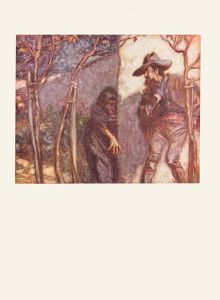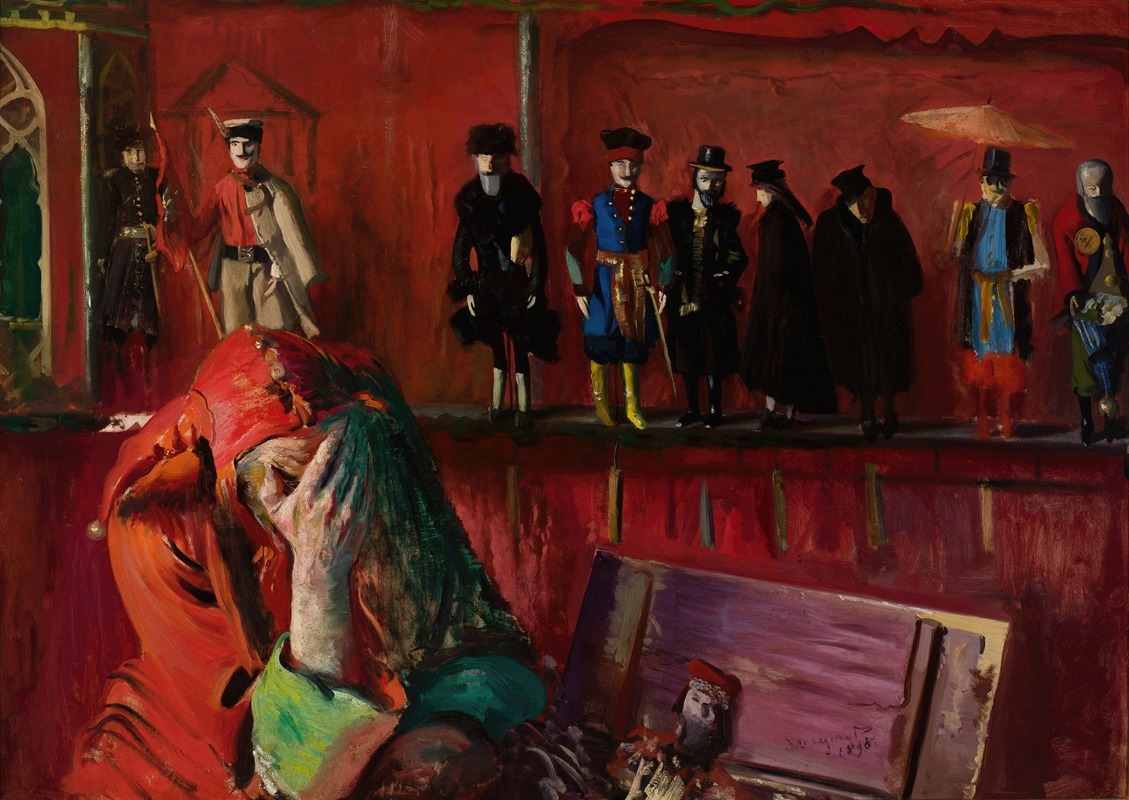
Puppet Show
A hand-painted replica of Leon Wyczółkowski’s masterpiece Puppet Show, meticulously crafted by professional artists to capture the true essence of the original. Each piece is created with museum-quality canvas and rare mineral pigments, carefully painted by experienced artists with delicate brushstrokes and rich, layered colors to perfectly recreate the texture of the original artwork. Unlike machine-printed reproductions, this hand-painted version brings the painting to life, infused with the artist’s emotions and skill in every stroke. Whether for personal collection or home decoration, it instantly elevates the artistic atmosphere of any space.
Leon Wyczółkowski (1852-1936) was a prominent Polish painter and graphic artist associated with the Young Poland movement. He is known for his diverse body of work, which includes portraits, landscapes, and genre scenes. One of his notable works is "Puppet Show" (Polish: "Teatrzyk kukiełkowy"), which captures a lively and engaging scene of a puppet performance.
"Puppet Show" is an oil painting that exemplifies Wyczółkowski's skill in capturing the essence of everyday life and the cultural milieu of his time. The painting depicts a group of children and adults gathered around a small puppet theater, engrossed in the performance. The scene is vibrant and full of movement, with the audience's expressions ranging from joy and amusement to curiosity and wonder.
Wyczółkowski's use of color and light in "Puppet Show" is particularly noteworthy. He employs a rich palette to bring the scene to life, using warm tones to highlight the figures and cooler shades for the background. The play of light and shadow adds depth and dimension to the composition, drawing the viewer's eye to the central action of the puppet performance.
The painting reflects Wyczółkowski's interest in capturing the spontaneity and dynamism of public entertainment. Puppet shows were a popular form of amusement in Poland during the late 19th and early 20th centuries, often performed in town squares, fairs, and other public spaces. By choosing this subject, Wyczółkowski not only documents a cultural tradition but also explores themes of community, childhood, and the shared experience of art.
Leon Wyczółkowski was a key figure in the Polish art scene, and his works are celebrated for their technical mastery and emotional depth. He studied at the School of Fine Arts in Kraków and later in Munich, where he was influenced by the realism and naturalism movements. Throughout his career, Wyczółkowski experimented with various styles and techniques, including impressionism and symbolism, which can be seen in the diverse range of his oeuvre.
In addition to painting, Wyczółkowski was also an accomplished graphic artist and printmaker. He was a professor at the Academy of Fine Arts in Kraków and later in Warsaw, where he influenced a new generation of Polish artists. His contributions to Polish art were recognized with numerous awards and honors, and his works are held in major museums and collections in Poland and abroad.
"Puppet Show" remains an important example of Wyczółkowski's ability to capture the vibrancy of everyday life and the cultural traditions of his homeland. The painting continues to be appreciated for its artistic quality and its depiction of a charming and timeless scene.





